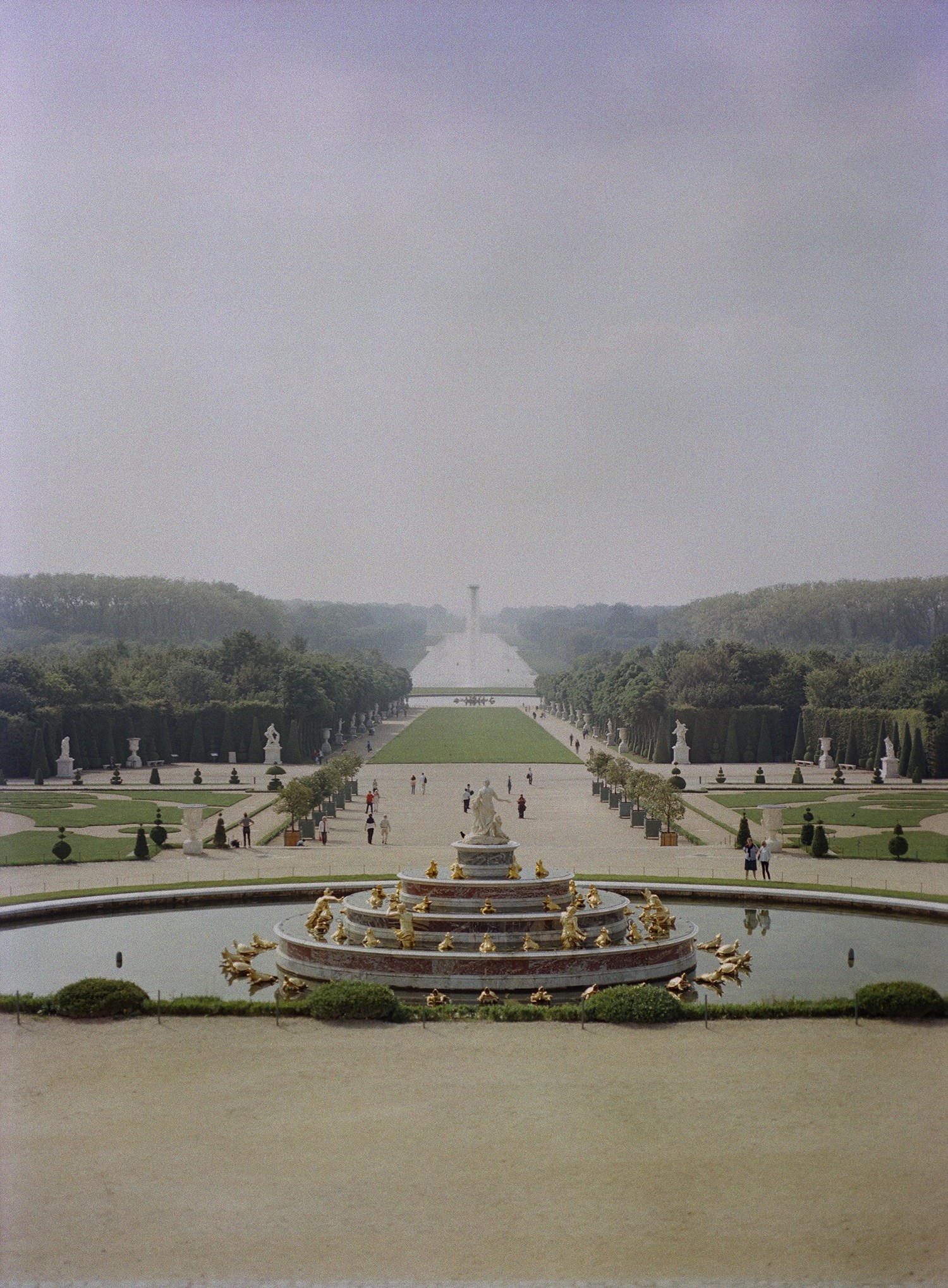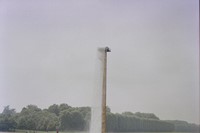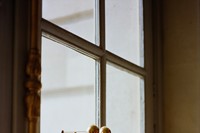France’s magnificent Château de Versailles, constructed over the course of the 17th century by Louis’s XIII and XIV respectively, might be the single most spectacular environment in the modern world in which to hold an art exhibition. Fortunately for both its proprietors and for visitors who stop by to marvel at it between now and the end of the year, however, 2016’s artist-in-residence Olafur Eliasson is no stranger to creating a spectacle.
Danish-Icelandic Eliasson, the most recent in a long line to artists invited to create works annually in and around the hallowed halls of the palace, saw his exhibits unveiled last week to a crowd of awestruck onlookers. Working with the structure, rather than against it, the artist chosen to create a number of subtle spatial interventions, playing on the palace’s longstanding tradition of employing lighting and mirrors to further the image of opulence. From Fog assembly, an enormous circular structure which produces a hazy cloud of mist to envelope and conceal visitors, to Glacial rock flour garden, a playful reimagining of glacial water which resonates with both environmental morals and aesthetic ones, the six installations – three outside the palace, and six within it – epitomise Eliasson's creative practice, and its continuing emphasis on “impermanence and transformation”.
Perhaps most spectacular of all, however, is Waterfall, a towering structure placed in the centre of Versailles’ famous lakes, and inspired by original plans. “The artworks liquefy the formal design of the gardens while reviving one of landscape architect André Le Nôtre’s original, unrealised visions,” Eliasson explains: “the placement of a waterfall along the axis of the Grand Canal. This waterfall reinvigorates the engineering ingenuity of the past. It is as constructed as the court was, and I’ve left the construction open for all to see – a seemingly foreign element that expands the scope of human imagination.”
One spectator who was present to witness the very first unveiling of these mind-bending pieces was Paris-based photographer Marion Berrin, who has long been a fan of Eliasson’s work. “The most spectacular exhibit I've seen in my life was The Weather Project at the Tate Modern in London in 2003,” she says. “I remember being attracted to it for a reason that I still cannot explain. It was mesmerising and magical.” The château itself brings a whole new dimension to the works, too, she continues. “Wandering in the château while it was closed to the public was quite incredible,” she adds. “My last time inside was with my school class when I was nine or ten, and at the time everything felt gigantic, opulent and crowded, with way too many tourists inside.” Here, in celebration of the exhibition's public opening, we sit down with the photographer to discover more about the interplay between Eliasson’s work and its environment, alongside her exclusive new series of images taken especially for AnOther.
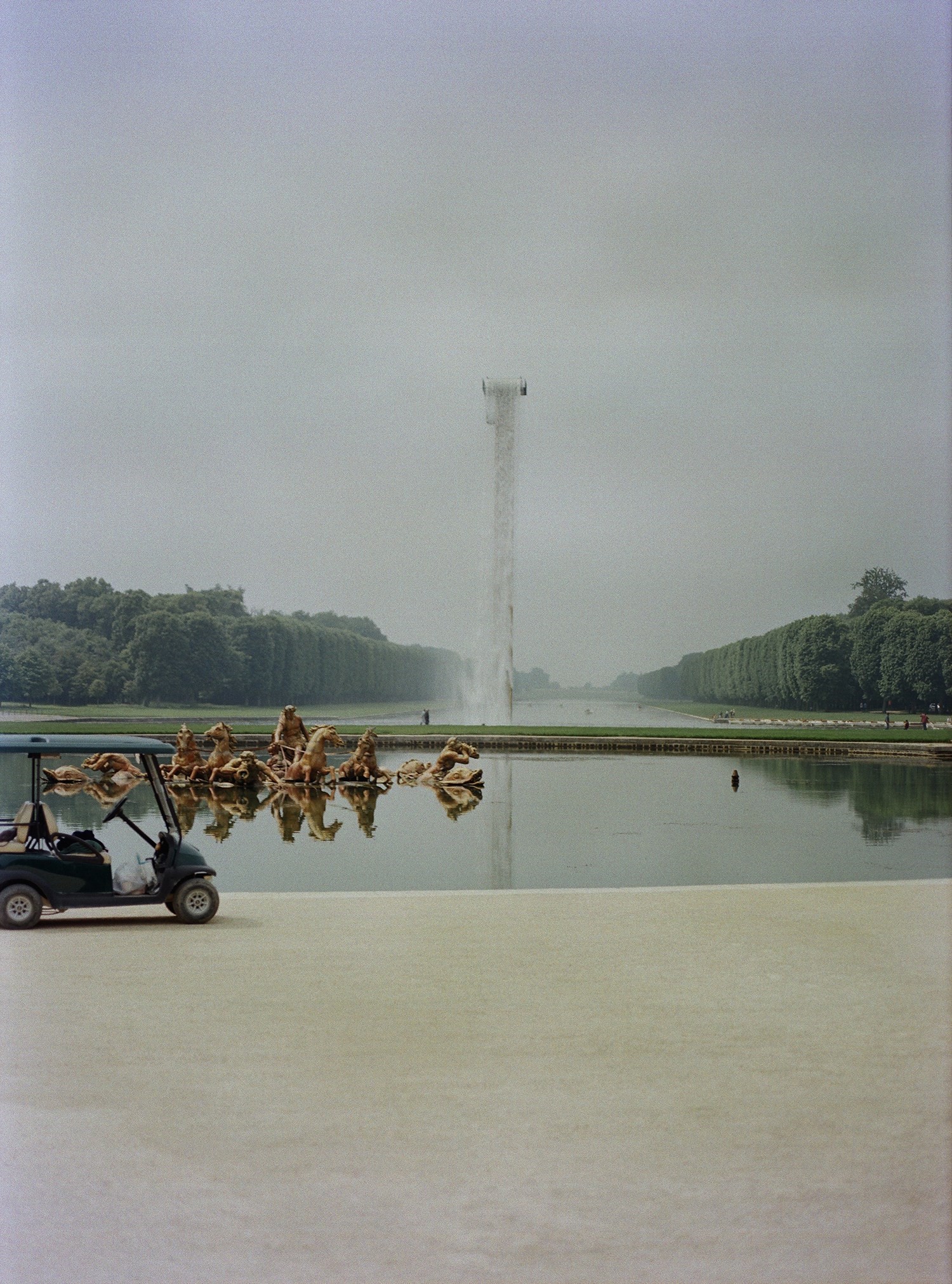

On the atmosphere at Versailles…
“When I arrived in Versailles in early morning it was very foggy and cold. It felt like November. I was invited to wander in the château before attending the press conference, and the garden was locked in a very intense fog; I had the impression nature decided it wasn’t the time yet to have a preview of the art pieces installed in the garden, and that I had to be patient for a bit…”
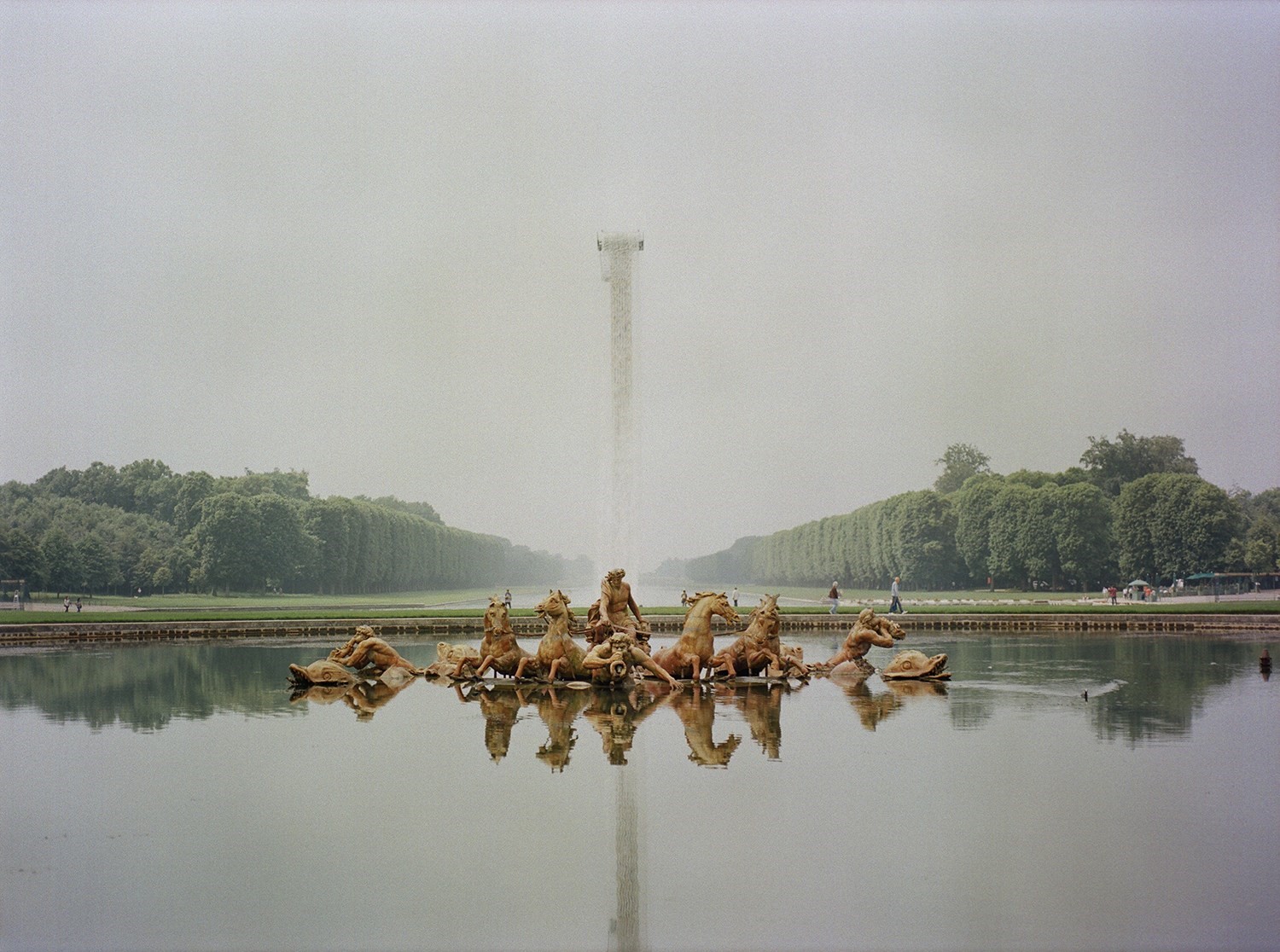
On her favourite image from the series she made there…
“The image of the waterfall with the golf buggy in front of it. It was a bit tricky to be able to do photographs there, this one made me laugh while I was shooting it!”
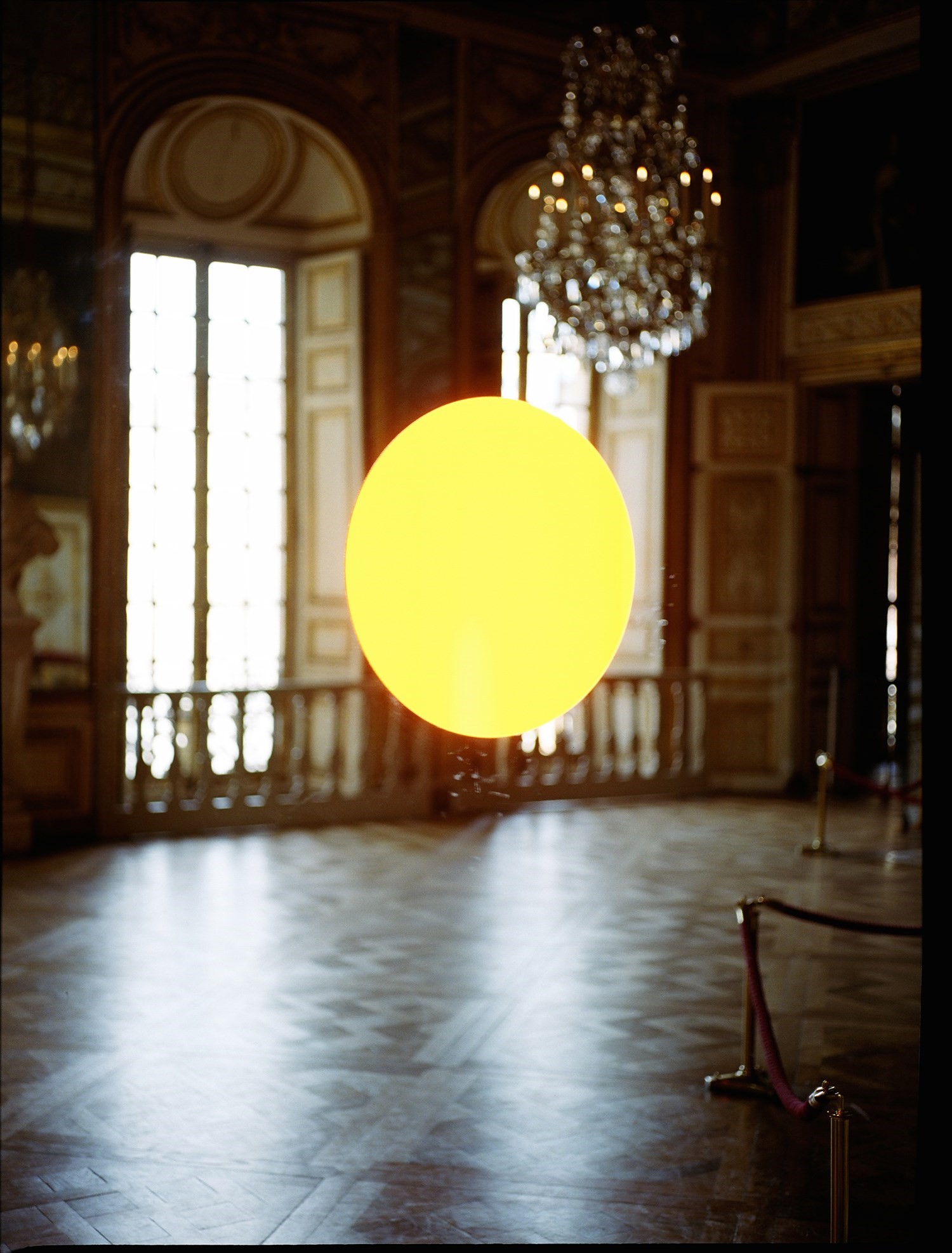

On the interplay between Eliasson’s work and its environment…
“Olafur took as his starting point of his project the history of the garden, the way it was mastered at the creation of Versailles. He focused on the details of Versailles, and made something out of it. He did not just put some art there, but he built a story and a contemporary aesthetic in conversation with Versailles. And it works so well.”
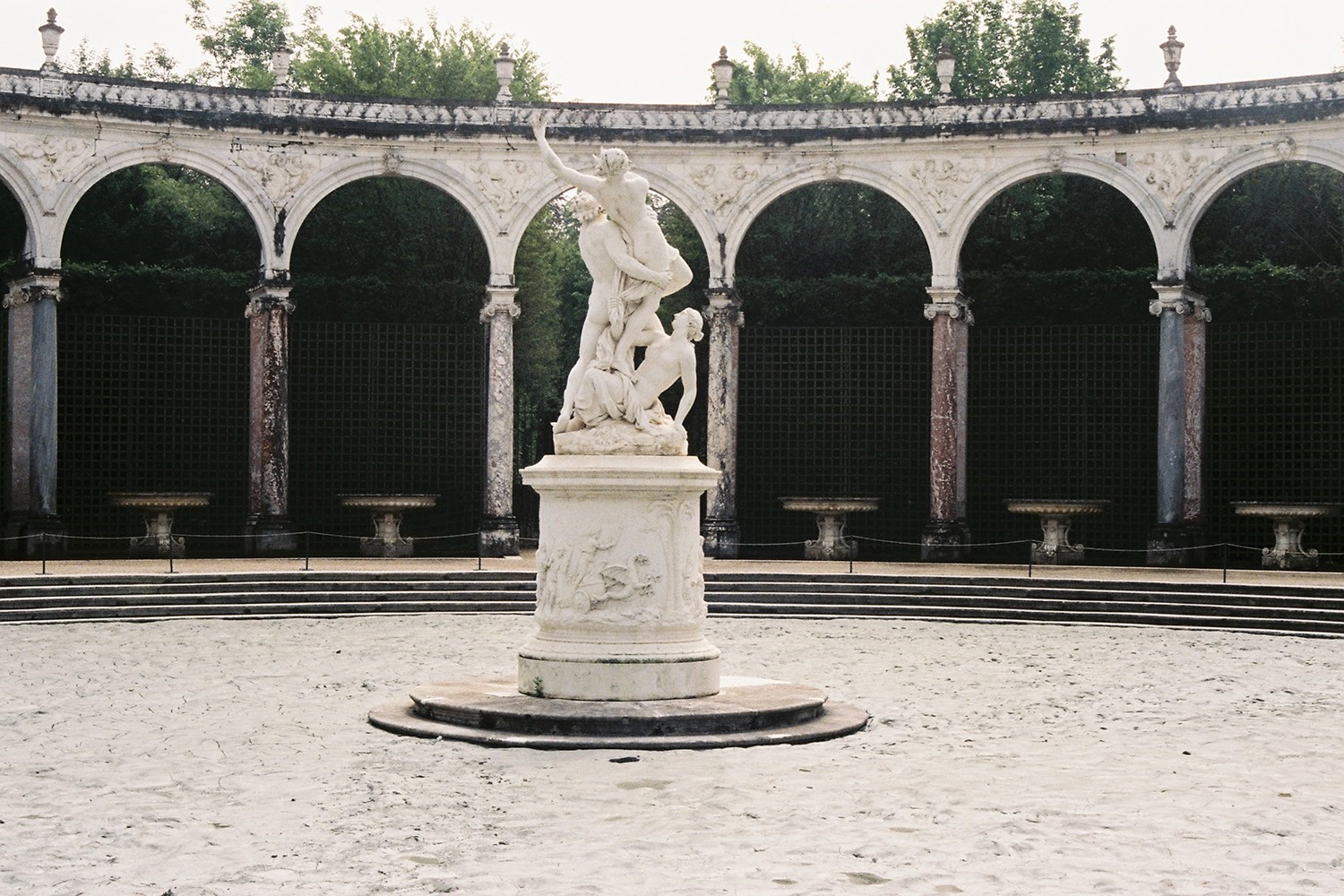
On the impact Eliasson’s work has on visitors to the exhibition…
“The exhibition has a lot to do with senses and perception. What was very interesting that day is that every single art piece made me interact with strangers who were around me. People started to feel intrigued about what they were seeing, and we all started exchanging our feelings. The exhibition questions a lot of things but mostly how you see art, and what you see.”
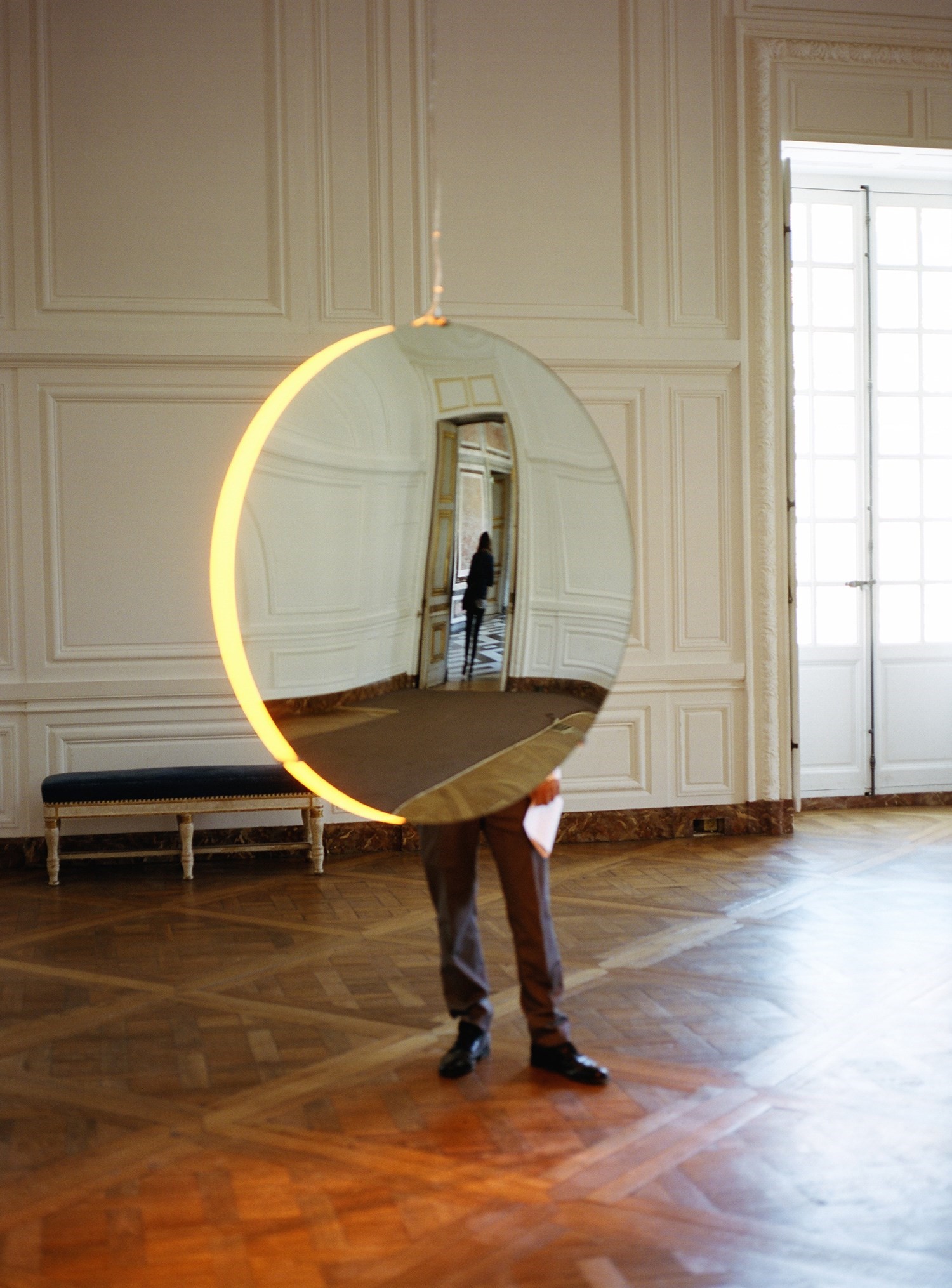
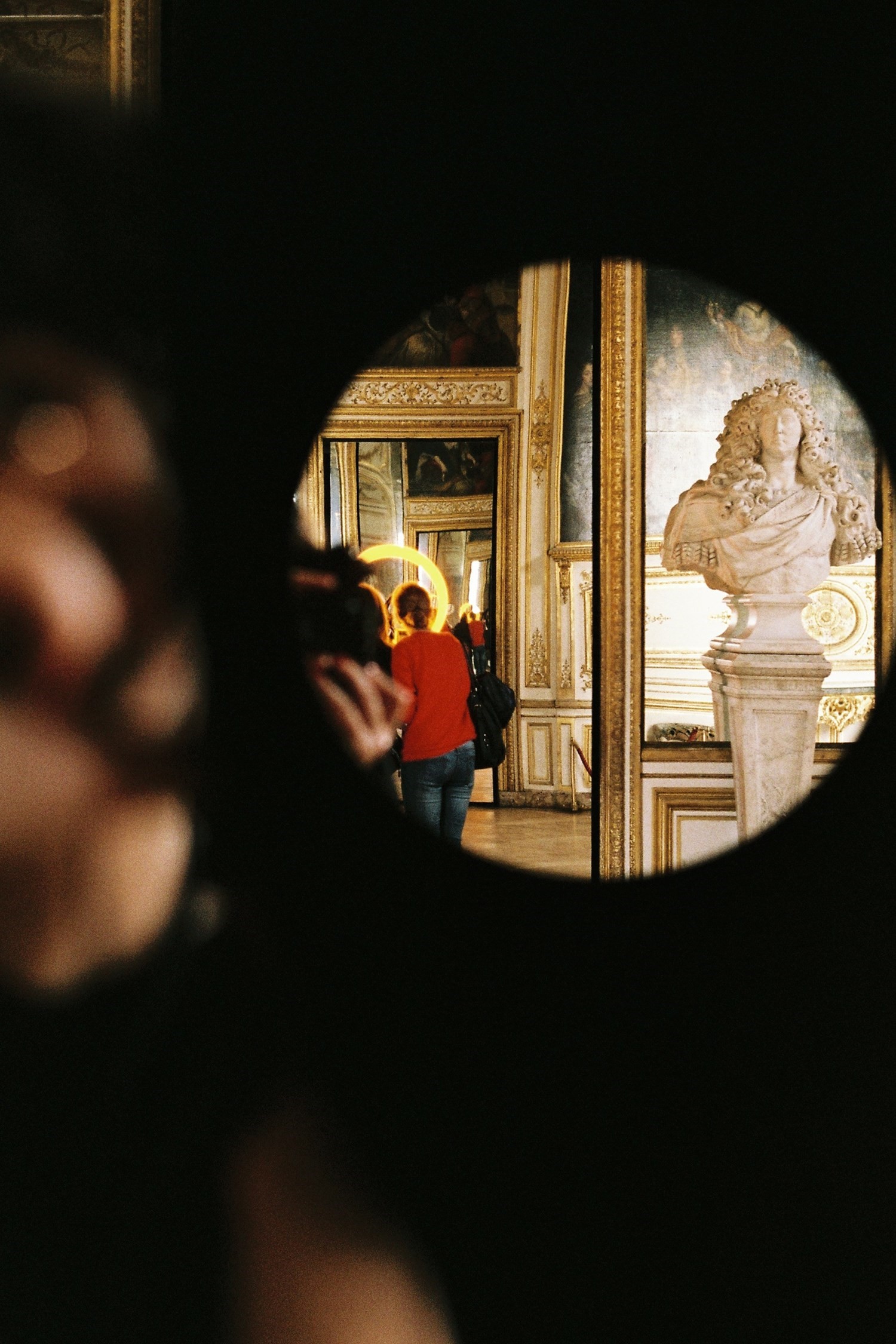
On what she would do if she could spend a day running wild in the château…
“I would probably spend a day in Marie-Antoinette's bed, eating chocolate and enjoying the view.”
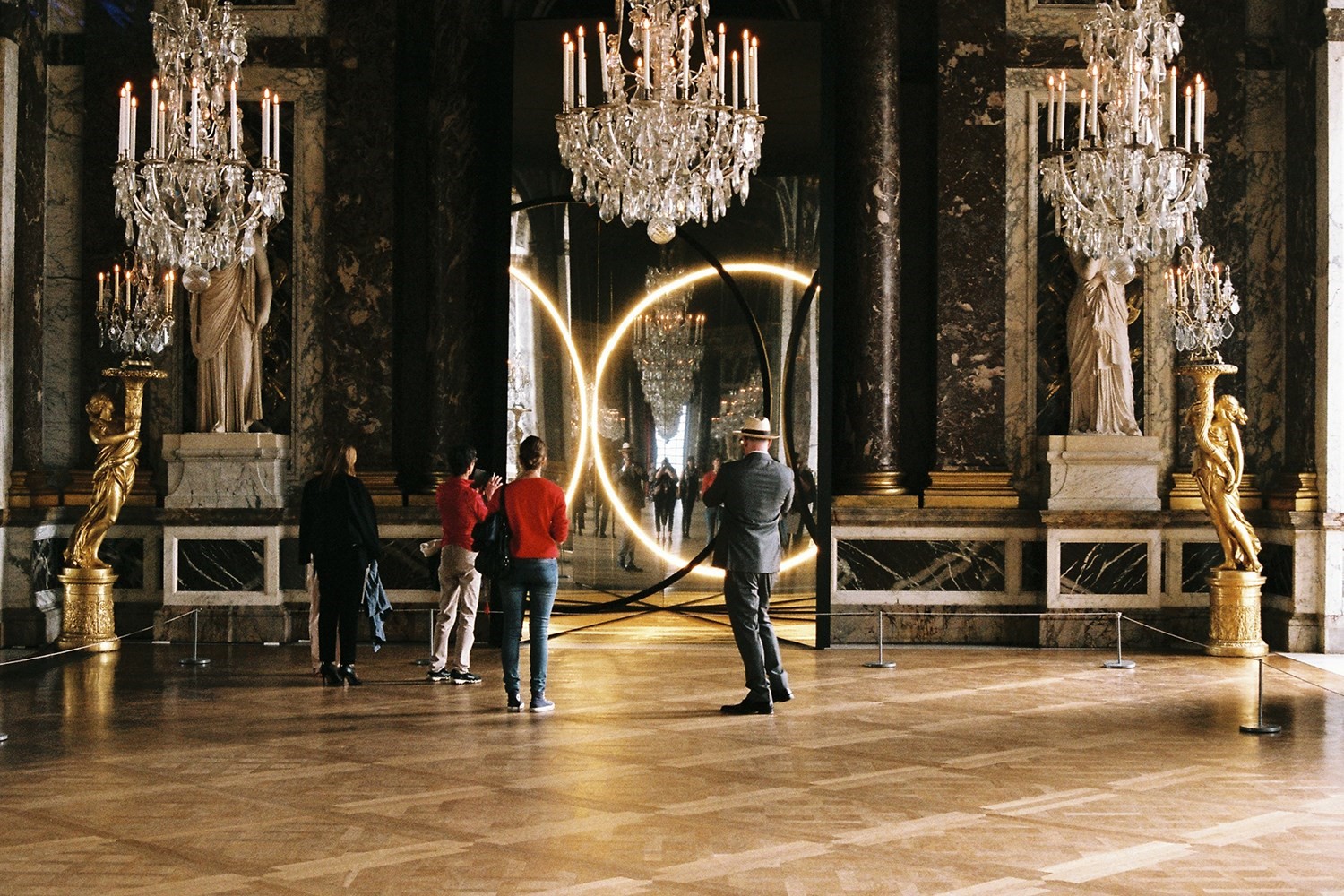
Olafur Eliasson's installation run until October 30, 2016 at the Château de Versailles, France.
